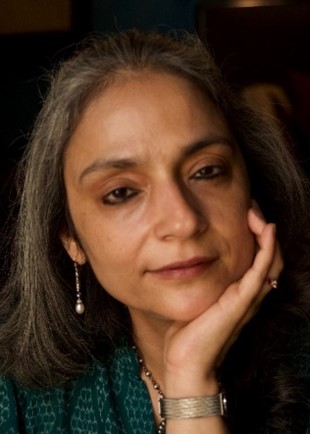- Dr. Nilofer Kaul's lecture took place on April 23rd, 2023. If you have any queries about this event please write to: shalin@zahav.net.il
Abstract
For Tustin (1986), the autistic armory was often a response to precocious separateness. This staggering experience required a rustling up of a pseudo-independence, ahead of time. The world of autistic disconnection has been brought alive for us with images of shells, carapaces, and exoskeletons. This helped distinguish shell-type autism, from entangled and confusional type of autism. In doing so, intrusiveness, hardness, rigidity, darkness become attributes charged with a different immediacy in the writings of Tustin, Meltzer and others. The language of shells opens up a “level of functioning” that expanded an understanding of the autistic functioning. This paper will discuss some encounters with the autistic part of the personality (Alvarez, 2010) which tends to fortify itself with crustacean armor, against crumbling, leaking and falling. This can be observed in the micromovements of sessions.
The lecture does not look at the historical formation of shells as much as it observes the “microfractures of communication” (Ferro 1993; Civitarese 2008) in order to see different sorts of calcifications emerge and crumble in almost imperceptible movements. This would need us to look not at the larger history of separateness, but at the micro-rejections that are the stuff of intimate encounters.
Dr. Nilofer Kaul
is a training and supervising psychoanalyst based in New Delhi, lndia. Till recently she taught English Literature at a college in Delhi University. She published articles in the Psychoanalytic Review and the British Journal of Psychotherapy. She has also contributed articles to edited volumes On Regret and On Arrogance. In 2018, she won the Frances Tustin Memorial Prize for her paper ‘Parasitism: An Autistic Island’ which she also presented in Warsaw at the Frances Tustin International Conference, 2022. She published her book Plato’s Ghost: Minus Links and Liminality in Psychoanalytic Practice in 2021 with Phoenix, UK.

- Dr. Nilofer Kaul's lecture took place on April 23rd, 2023. If you have any queries about this event please write to: shalin@zahav.net.il



